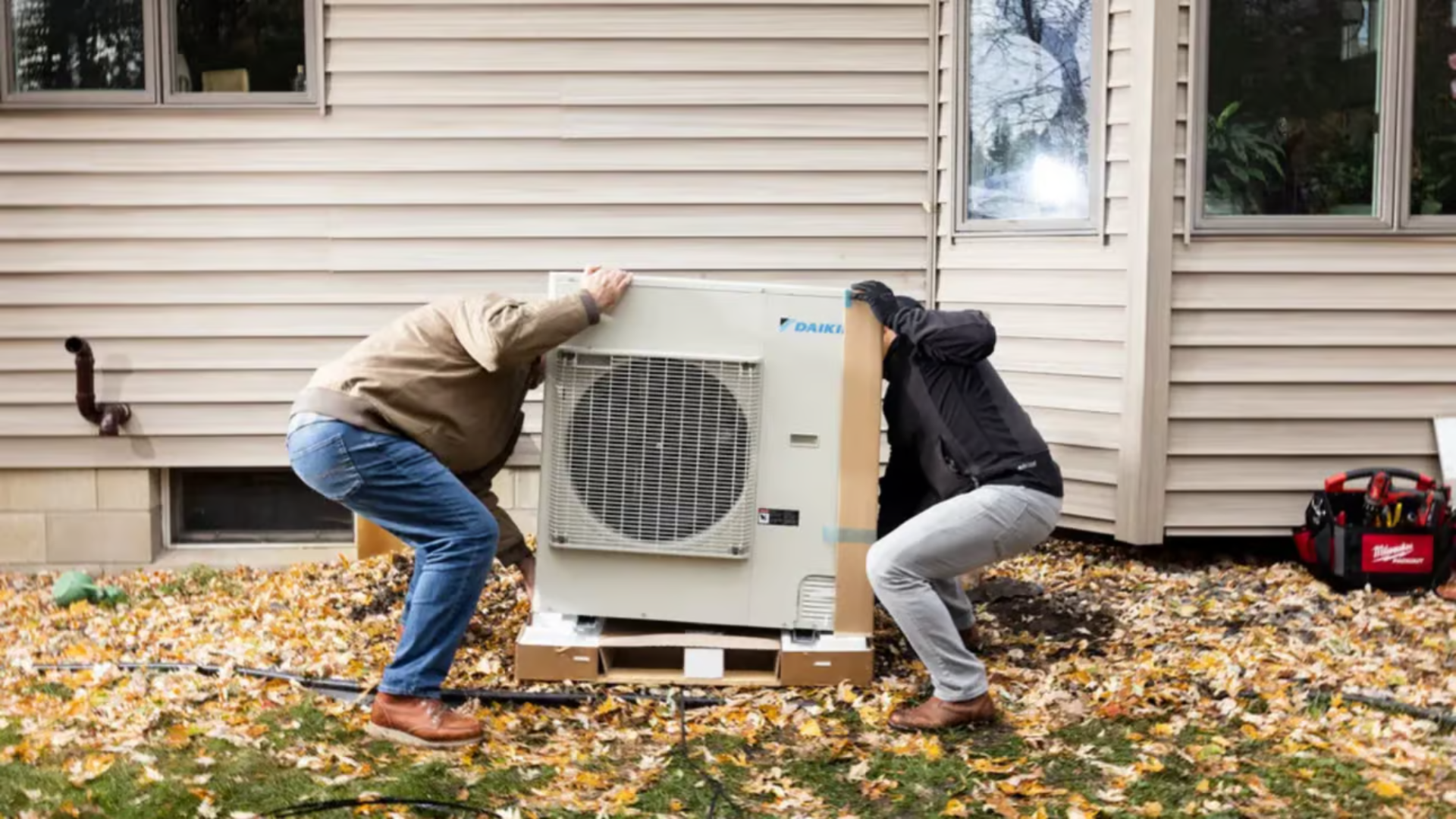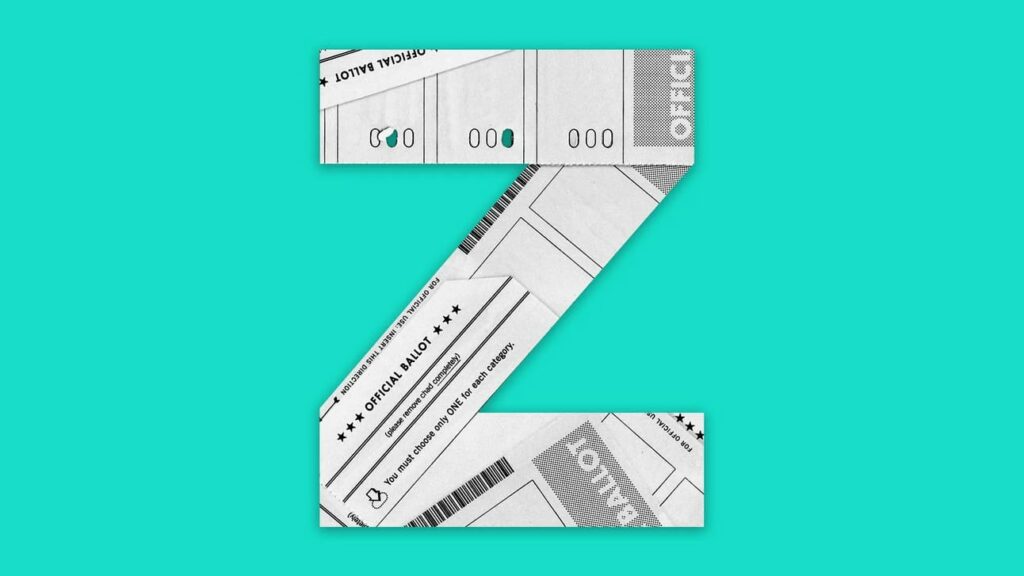3 charts for contractors to watch
With one month down in a pivotal year for the HVAC industry, here are a few charts worth keeping an eye on

Image: NYT
The HVAC industry faces a pivotal year in 2025, with regulatory changes, a new administration, and a constantly moving economy causing contractors, distributors, and manufacturers to juggle optimism and uncertainty.
With one month down, here are a few charts to keep an eye on for the rest of this year.
Equipment prices
The average wholesale price of U.S. HVAC equipment.

What’s happening: On January 1, the clock ran out for manufacturers to produce new systems utilizing R-410A, while they’ve transitioned to producing equipment using A2L refrigerants like R-454B and R-32.
Over the past five years, the average wholesale price of U.S. HVAC equipment has risen by 43 percent.
Why it matters: While the transition aims to further protect the environment, it’s expected to drive an additional double-digit increase in equipment prices over the next year and a half, according to estimates and comments from OEMs.
What they’re saying: “In terms of pricing, we’ve been very clear that the base price of 454B [equipment] will be 10 percent higher than the base price of 410A,” said Carrier CEO Dave Gitlin in late 2024.
Shipment volumes
A trailing twelve-month trend of central air conditioner and heat pump shipments.

What’s happening: AHRI publishes a monthly report of U.S. central air conditioner and heat pump shipments. As of November 2024, the latest release, shipments have rebounded by 11 percent from 2023.
Why it matters: Shipment volumes serve as an unofficial indicator of the health of the replacement market, giving the industry a constant snapshot of its trends.
What they’re saying: “I think the time is right [for shipments to] be on an upward glide path for ten years,” Matt Michel, cofounder of Service Roundtable, told Homepros.
With systems typically lasting ~15 years, today’s shipments reflect those from 15 years ago — starting in 2010, they grew twelve consecutive years through 2022.
Inflation
The annual rate of inflation.

What’s happening: The annual rate of inflation has eased since peaking in 2022. However, uncertainty remains regarding how future economic policies, including President Trump’s, will impact inflation.
Why it matters: Inflation, influenced by interest rates, affects the entire economy — and consumers’ willingness and ability to invest in new HVAC systems.
What they’re saying: “We need to let [Trump’s] policies be articulated before we can even begin to make a plausible assessment of what their implications for the economy will be,” said Jerome Powell, Chair of the Federal Reserve, while noting that he’s not in a hurry to continue lowering interest rates.
Editor’s note: Chart sources are the Federal Reserve, AHRI, and Bureau of Labor Statistics.
📬 Get our stories in your inbox
Keep reading
What contractors are saying: Working with Gen Z
Lessons, observations, and more from contractors across the U.S.
Talking HVAC on Capitol Hill with industry lobbyist Alex Ayers
Notes on the Inflation Reduction Act, the refrigerant phase-down, and HVAC-related legislation
A 30,000 foot view of the HVAC industry with Matt Michel
Notes on shipments, competing with PE, and consumer choice


